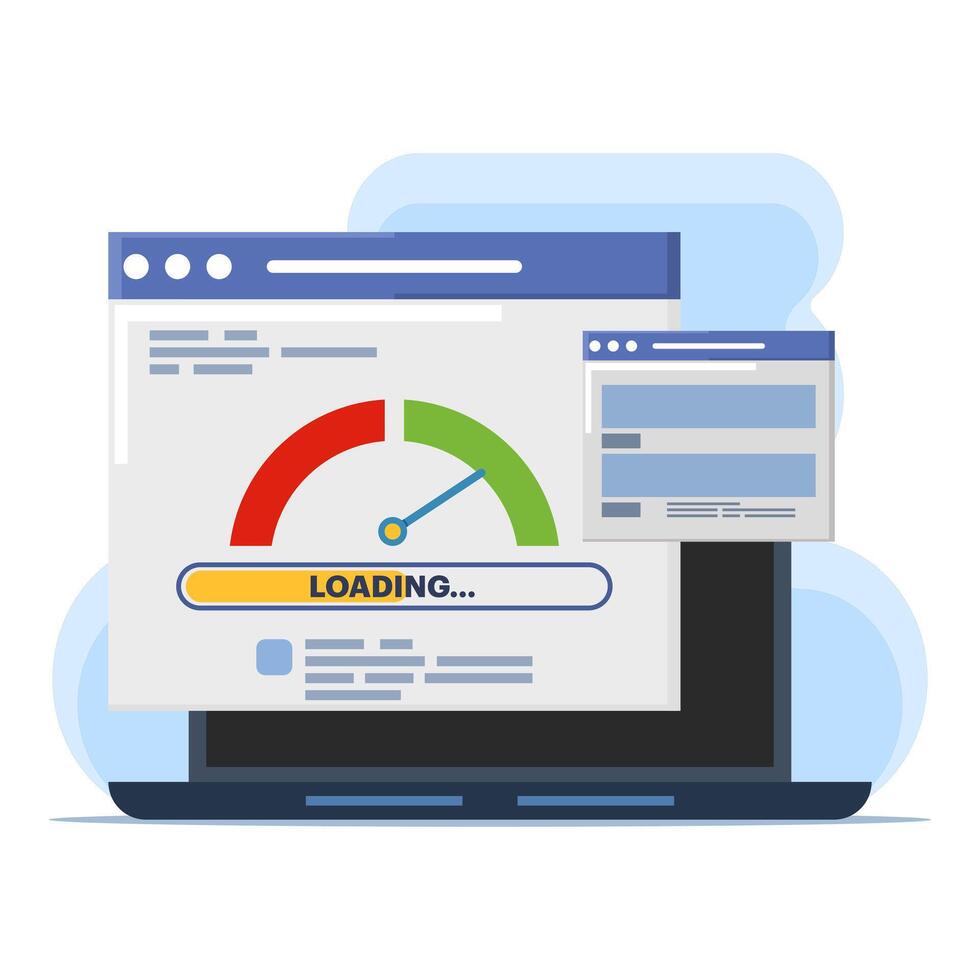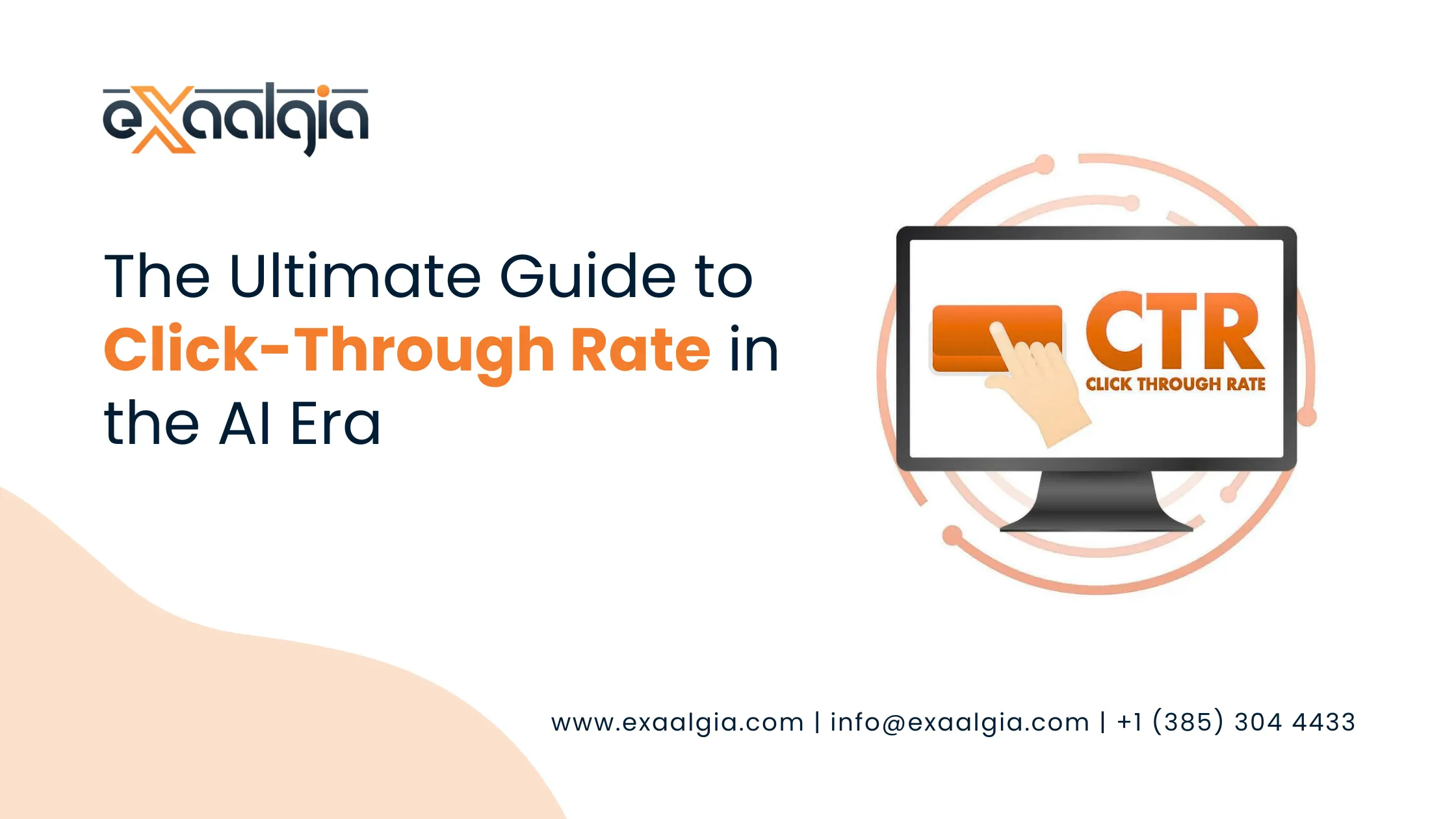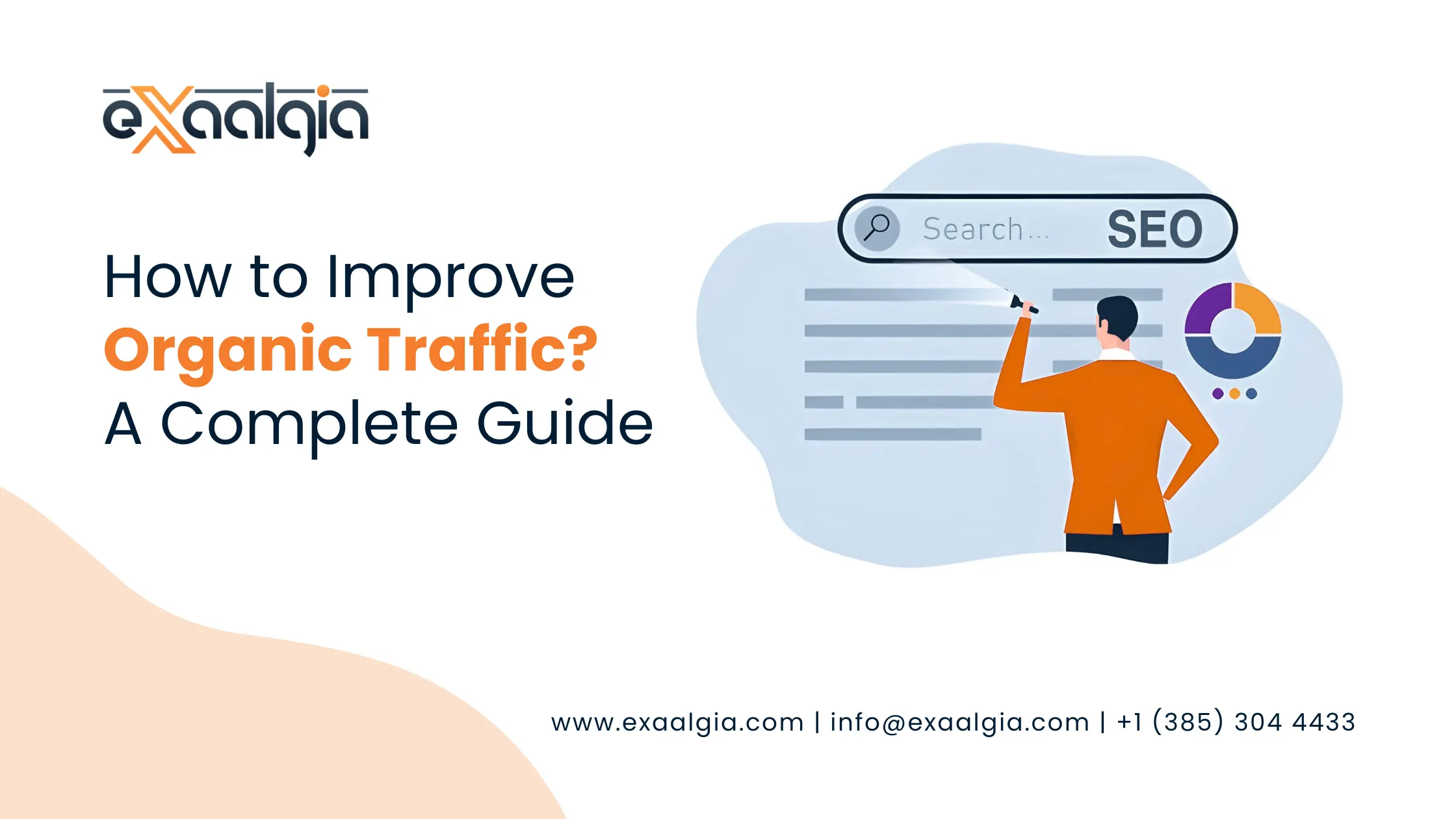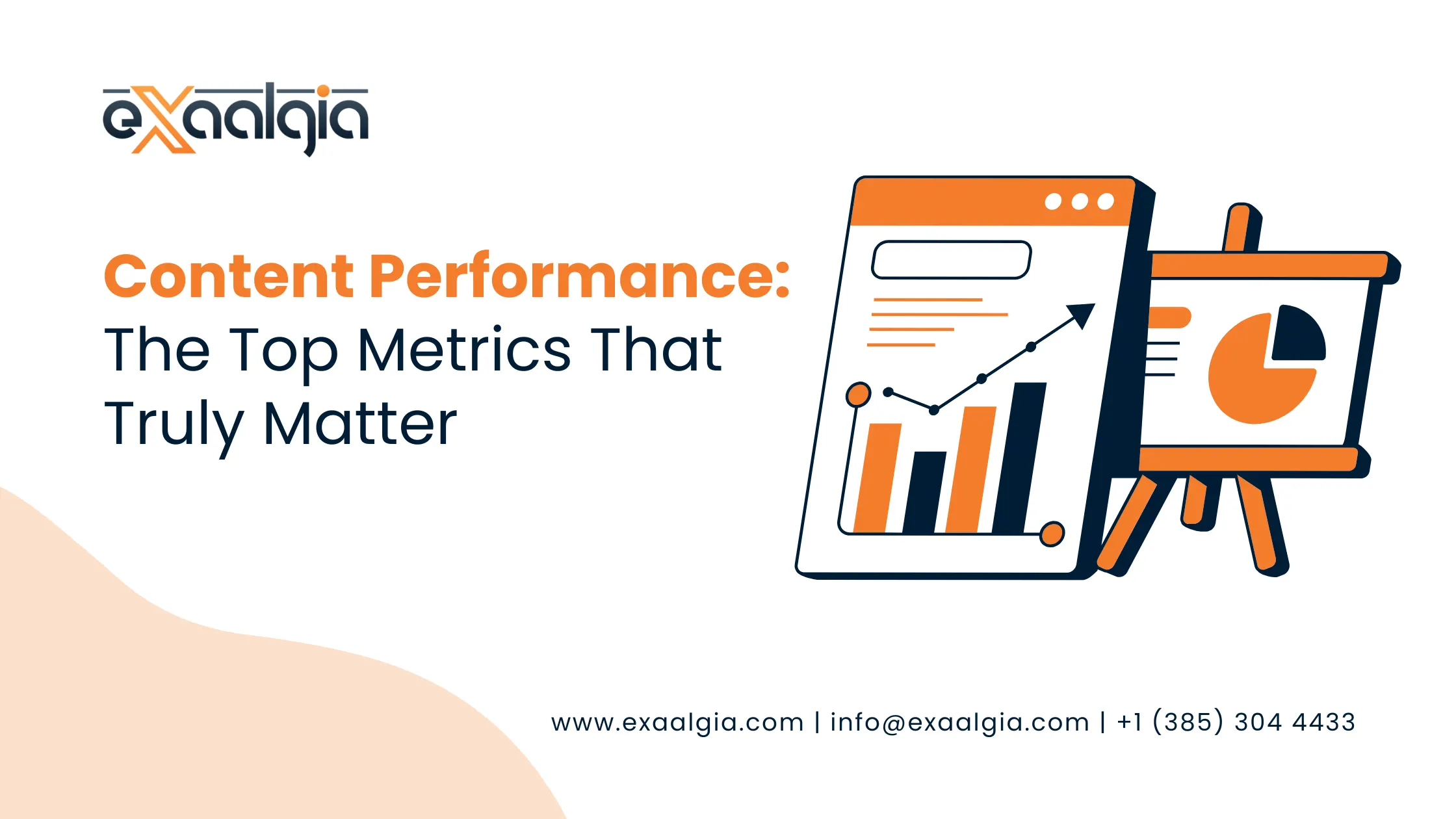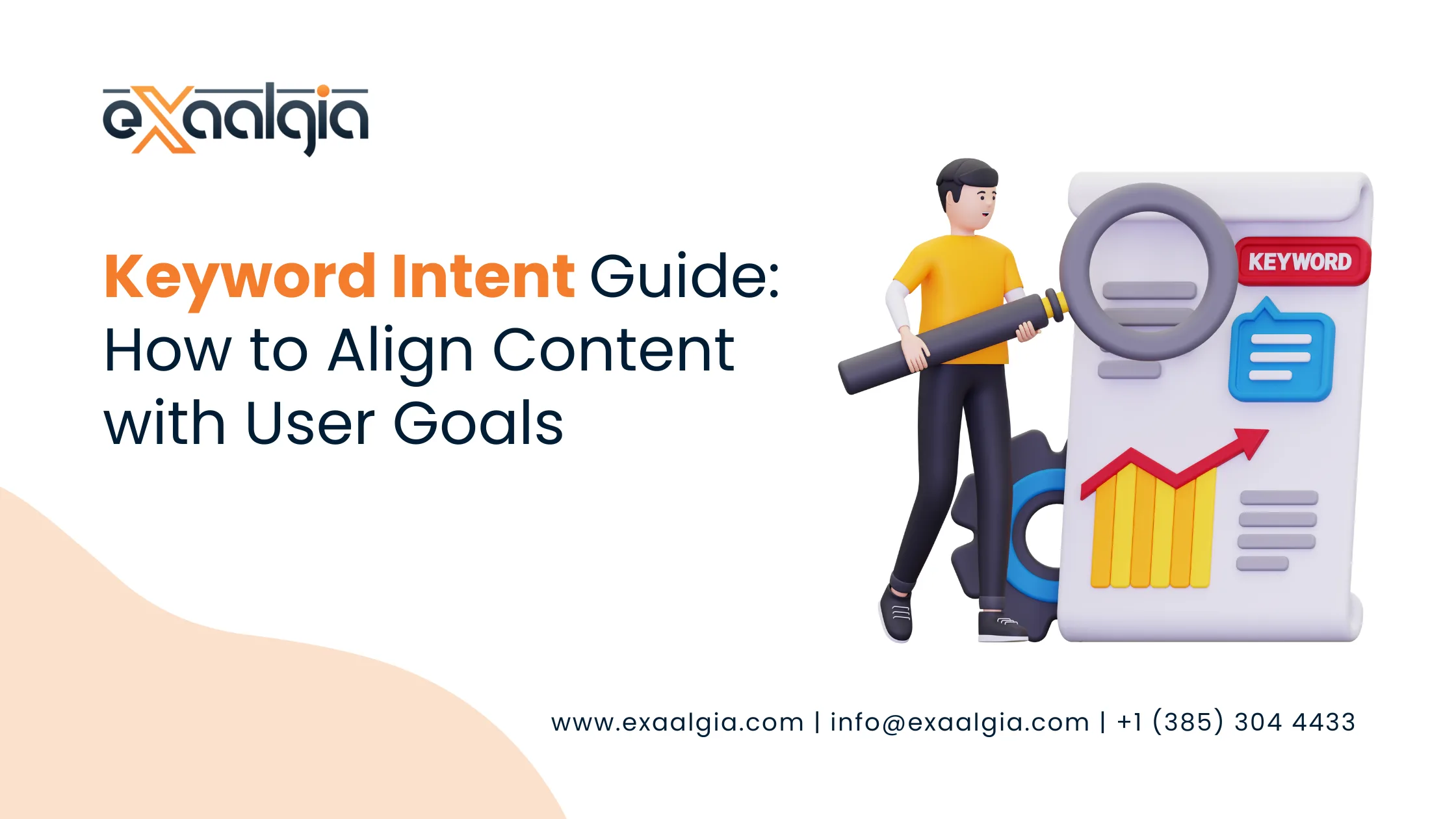Understanding Page Load Time
Page load time refers to the duration it takes for a webpage to fully display on a user’s browser. It encompasses several components, including the time taken for the server to respond, download resources like images and scripts, and render the page in the browser.
Key Metrics of Page Load Time
Several metrics help measure page load time effectively:
- Time to First Byte (TTFB): This indicates how long it takes for the browser to receive the first byte of data from the server. A lower TTFB suggests better server performance.
- First Contentful Paint (FCP): This measures when the first element of your webpage is visible. Quick FCP times improve user satisfaction.
- Largest Contentful Paint (LCP): LCP tracks when the largest visible content element has loaded. An optimal LCP improves perceived load speed, encouraging users to stay.
- Overall Page Load Time: This measures the total time until the webpage is completely rendered. Keeping this under three seconds is key for retaining user attention.
Why Page Load Time Matters
A website’s loading speed can significantly affect user experience. Research shows that if a site takes longer than three seconds to load, nearly 40% of users may abandon it. This phenomenon also correlates with SEO: Google considers page speed a ranking factor. Faster sites tend to rank better, attracting more organic traffic. For businesses leveraging digital marketing services, optimizing page load time is essential to maximize ROI and improve campaign performance.
Techniques to Improve Page Load Time
Improving your website’s speed involves implementing various practical strategies. Here are several techniques that can make a significant difference:
1. Utilize a Content Delivery Network (CDN)
A CDN consists of a group of servers distributed across different geographical locations. When a user accesses your site, the CDN serves them content from the closest server, reducing latency. This leads to faster load times and an overall better user experience.
2. Optimize Images and Media Files
Images can significantly slow down your website if they’re not optimized. Always compress images and use appropriate formats like WebP, which offers high quality at smaller file sizes. Additionally, consider utilizing responsive images that adapt to various screen sizes, ensuring that mobile users receive streamlined content.
3. Minimize HTTP Requests
Every element on your webpage, such as scripts and stylesheets, requires an HTTP request. Reducing the number of these requests can speed up loading times. Limit the number of plugins and combine CSS and JavaScript files into a single or fewer files. Streamlining these elements decreases the overall load burden.
4. Implement Caching Techniques
Caching can drastically reduce loading times. By storing versions of your website’s pages, servers can quickly deliver them to users.
- Browser Caching: Store web resources in users’ browsers, allowing for faster loading when they revisit your site.
- Server-Side Caching: This method stores dynamic pages as static files, meaning they can load faster.
5. Choose a Reliable Hosting Provider
The foundation of a fast-loading website often lies in your hosting provider. Seek out providers that offer optimized services based on performance. The type of hosting can also impact speed, with options like VPS or dedicated hosting typically outperforming shared servers.
Tools for Monitoring and Testing Page Speed
Utilizing monitoring tools can help you analyze your current page load time and identify areas for improvement.
Google PageSpeed Insights
Google PageSpeed Insights evaluates your website’s performance and provides actionable recommendations to improve speed. It measures both desktop and mobile performance, giving you a comprehensive view of your website’s loading capabilities.
GTmetrix and Pingdom
Both GTmetrix and Pingdom provide detailed insights into your site’s performance. They offer metrics on load times, page size, and the number of requests. These tools also give recommendations, helping you streamline your website’s performance.
Performance Monitoring Best Practices
Continuously monitoring and optimizing your page load time is essential. Regularly test your site’s speed using the aforementioned tools. Set benchmarks and aim for improvement, focusing on both desktop and mobile performance.
Final Thought
Optimizing page load time is critical for providing a great user experience and improving SEO. Key strategies include utilizing CDNs, optimizing images, minimizing HTTP requests, implementing caching, and selecting reliable hosting. Regularly monitoring your site’s performance can lead to ongoing improvements. By prioritizing load speed, you not only enhance user satisfaction but also climb the search engine rankings. For businesses like Exaalgia, which rely on seamless digital experiences, these techniques are indispensable. Start taking action now, and watch your website thrive!
FAQ Section
Why is page load time important for SEO?
Page load time is a direct ranking factor for search engines like Google. Faster websites provide a better user experience, leading to lower bounce rates and higher engagement, which positively impacts SEO rankings.
How can SEO services help improve page load time?
Professional SEO services often include technical SEO audits that identify issues slowing down your website. They implement strategies like image optimization, caching, and minimizing HTTP requests to enhance page speed.
What role do digital marketing services play in optimizing page load time?
Digital marketing services focus on improving user experience, which includes optimizing page load time. Faster websites lead to better conversion rates, higher ad performance, and improved ROI for marketing campaigns.
How does a CDN improve page load time?
A CDN (Content Delivery Network) distributes your website’s content across multiple servers worldwide. When a user accesses your site, the CDN delivers content from the nearest server, reducing latency and speeding up load times.
What are the best tools to monitor page load time?
Some of the best tools include Google PageSpeed Insights, GTmetrix, and Pingdom. These tools provide detailed metrics and actionable recommendations to improve your website’s performance.
How can businesses like Exaalgia benefit from optimizing page load time?
For companies like Exaalgia, which rely on delivering seamless digital experiences, optimizing page load time ensures higher user satisfaction, better search engine rankings, and improved overall performance.

